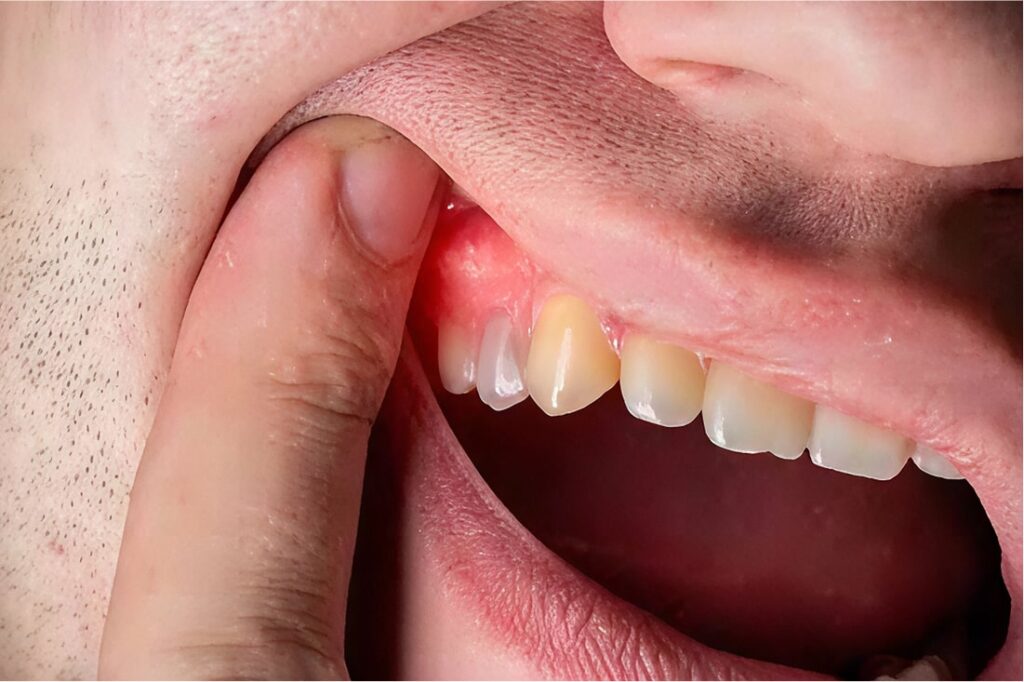What is a Post and Crown?
The dental post, also known as a pin, is an accessory placed after a root canal treatment. Following this procedure, the tooth becomes dehydrated and more fragile. The post reinforces the roots and allows the reconstruction of the core, which then serves as the foundation for placing a dental crown to restore both function and aesthetics.
What is an Endocrown?
An endocrown is a total ceramic crown designed for posterior teeth that have undergone root canal therapy. It is bonded within the pulp chamber and along the cavity margins, providing a more conservative, aesthetic, and durable restorative solution.
Classical Dentistry vs. Modern Dentistry
Traditionally, teeth treated with root canals were restored using metallic posts and metal-porcelain crowns. Although effective, this method involved significant tooth wear, higher risks of leakage, corrosion, and reduced treatment longevity.
Modern dentistry, however, seeks to be more conservative and minimally invasive. Today, metallic posts are replaced with fiber glass posts, a biocompatible material that chemically bonds with the dental structure, reducing the risks of leakage and fractures.
Modern Alternatives: Oclusal Veneers
Although metal-free crowns remain effective, they are still considered invasive. For this reason, Oclusal Veneers are increasingly used as partial, metal-free restorations. They cover only the damaged portion of the tooth, preserving healthy dental tissue.
NO POST – NO CROWN treatments represent a significant advancement in restorative dentistry, as they aim to preserve as much natural tooth structure as possible while ensuring functional, aesthetic, and long-lasting results.







